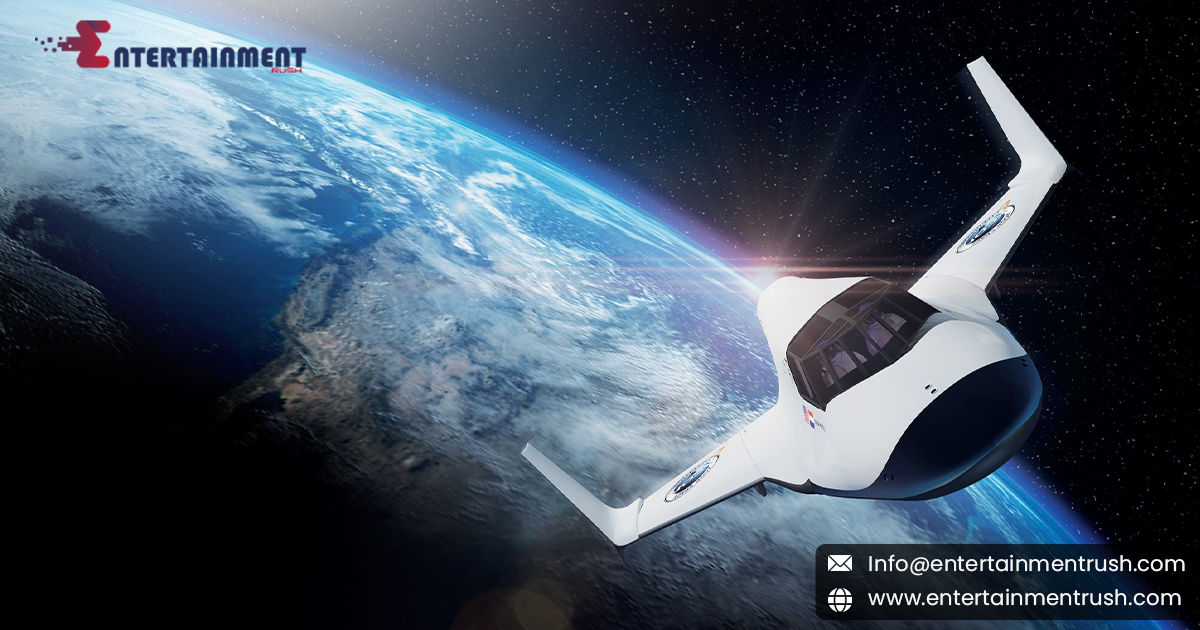The concept of space tourism, once relegated to the realm of science fiction, is increasingly becoming a tangible reality. As private space companies and national space agencies race to make commercial space travel accessible to civilians, ensuring the safety and well-being of passengers in zero-gravity environments has become a paramount concern. The unique challenges posed by space travel, particularly in terms of physiological adaptation and emergency response protocols, necessitate thorough preparation and meticulous planning to mitigate potential risks.
Physiological Adaptation to Zero Gravity
One of the foremost challenges in space tourism is ensuring the physiological adaptation of passengers to the microgravity environment of space. Unlike Earth, where gravity exerts a constant force on the human body, space introduces a state of weightlessness that can have profound effects on various bodily systems. Common physiological changes experienced by astronauts and potentially space tourists include fluid shifts, bone density loss, muscle atrophy, and changes in cardiovascular function. These adaptations can impact overall health and well-being during space travel, necessitating comprehensive pre-flight medical assessments and personalized health monitoring protocols.
Safety Protocols and Emergency Preparedness
Safety protocols and emergency preparedness are critical components of space tourism operations. In the event of a medical emergency or spacecraft malfunction, quick and effective responses are essential to ensuring the safety and survival of passengers. Space tourism companies must develop robust contingency plans that address potential scenarios such as rapid decompression, fire suppression, and medical emergencies in microgravity conditions. Crew training programs play a pivotal role in equipping personnel with the skills and expertise needed to respond calmly and decisively under stressful circumstances, thereby safeguarding passenger well-being.
Spacecraft Design and Engineering
The design and engineering of spacecraft for space tourism purposes must prioritize passenger safety and comfort. This involves rigorous testing and validation of spacecraft systems, including life support systems, environmental control systems, and structural integrity under varying conditions of spaceflight. Human factors engineering plays a crucial role in optimizing spacecraft interiors to enhance ergonomics, minimize motion sickness, and promote a sense of security among passengers. Additionally, advancements in materials science and propulsion technologies contribute to the development of safer and more reliable spacecraft capable of withstanding the rigors of space travel.
Medical Considerations and Health Monitoring
Medical considerations are paramount in ensuring the well-being of space tourists throughout their journey. Pre-flight medical evaluations assess the overall health and fitness of passengers, identifying any underlying medical conditions that may pose risks during spaceflight. Continuous health monitoring during space travel enables early detection of physiological changes and facilitates prompt medical interventions when necessary. Telemedicine capabilities, supported by ground-based medical teams, provide real-time medical advice and support to onboard personnel, enhancing the continuity of care and ensuring optimal health outcomes for passengers.
Regulatory Framework and Industry Standards
The establishment of a robust regulatory framework and adherence to industry standards are essential for the safe and sustainable development of space tourism. Regulatory agencies collaborate with space tourism companies to establish licensing requirements, safety guidelines, and operational standards that prioritize passenger safety and environmental protection. Continuous dialogue between regulators, industry stakeholders, and the scientific community facilitates the sharing of best practices, lessons learned, and technological advancements aimed at enhancing safety and minimizing risks associated with commercial space travel.
Public Perception and Education
Public perception and education play pivotal roles in shaping the future of space tourism. Transparent communication regarding safety measures, risk factors, and the inherent challenges of space travel fosters informed decision-making among prospective passengers. Educational initiatives aimed at raising awareness about space exploration, scientific research, and the benefits of commercial space travel contribute to a supportive societal framework for the industry’s growth. Engaging the public in discussions about ethical considerations, environmental stewardship, and the long-term sustainability of space tourism encourages responsible participation and promotes global cooperation in advancing space exploration endeavors.
Ensuring the well-being of passengers in zero gravity environments is a multifaceted endeavor that requires collaboration among space tourism companies, regulatory bodies, medical professionals, and industry stakeholders. By prioritizing safety considerations, implementing rigorous safety protocols, and leveraging technological innovations, the space tourism industry can pave the way for a future where civilians can safely experience the wonder of space travel. As advancements in space exploration continue to accelerate, so too must our commitment to safeguarding the health, safety, and resilience of space tourists, ensuring that their journey into the cosmos is both transformative and secure.




Leave feedback about this